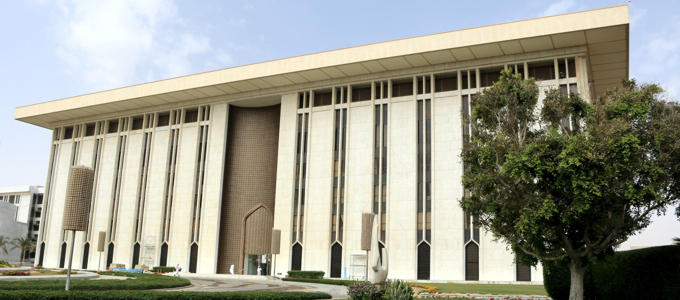The primary objective of government agencies is service delivery to the public. The services include tax payments, driving license renewal, and applying for schemes and benefits. It is during availing these services that substantial interactions happen between the public and government. Hence, services are crucial in building perceptions about the public sector.
In today’s world, citizens are looking for highly transparent, accessible, and responsive services from government agencies. Understanding this, governments across the globe have initiated efforts to improve service delivery. Government agencies have launched online portals or centralised call centres at the local, state, and federal levels. However, they largely fail to meet public expectations.
According to a survey conducted by the McKinsey Center, “citizens continue to feel frustrated by bulky or baffling websites. They also complain that they need to speak with multiple parties before their questions are answered, or requests completed. This leads to waning citizen satisfaction and wearing down of public trust. Moreover, it also increases costs related to service delivery across numerous channels.”
The problem lies in the fact that governments design and deliver services based on their requirements and processes. They tend to ignore the needs of the people. It is time for governments to implement a customer-centric approach to service design and delivery.
Understanding citizen needs is the first step towards transforming service delivery. Governments should identify the most problematic services and figure out the extent of dissatisfaction. It will help in prioritising the areas for improvement.
Here is how citizen satisfaction measurement efforts can generate accurate, actionable insights -
Citizens Should Say What Matters Most
Directly asking people to rank different drivers of satisfaction is not the right way. It is better to ask them to rate each service across the drivers. It will help in getting more trustworthy insights into users’ needs and priorities.
Identify Natural Breakpoints in Customer Satisfaction
Governments should strike a balance between delivering high-quality, responsive services and managing resources effectively. The best way is to identify breakpoints. It means finding the point where delays or service shortfalls lead to a significant drop in customer satisfaction. Here again, citizen-satisfaction metrics can be of help to decide on suitable service levels.
Combine Public Feedback with Internal Data
Combining customer satisfaction information with operational data creates additional insights. Employees can play a significant role in identifying pain points. It is because they are at the frontline and engage in extensive interactions with citizens. Some employees can also formulate practical solutions.
Proactive Notifications
The government agencies were proactively sharing information with the public to report greater levels of satisfaction. They are also successful in reducing costs in parts. It is because such interactions divert demand from resource-intensive channels.
Improved Functionality of Self-serve Channels
Citizens now expect multichannel communication routes. They also prefer online portals. Although government agencies have made advances in this direction, most people fail to complete their journey online. Citizens often have to switch channels. It leads to a significant drop in satisfaction levels.
Conclusion
Once government stakeholders start gauging entire citizen journeys, they will fine-tune their performance metrics and analytics. Here entire journey means not just overall satisfaction but satisfaction with individual factors. It means the process of obtaining a licence and the time it took to receive it. Government agencies can embed these metrics into their performance-management system.
Changing the government service delivery system is a complex affair. The good news is, today, there is a clear and proven road map to success. Adopting a citizen-centric approach enables leaders in government agencies to comprehend the needs of citizens better. It also helps them to convert the requirements into focused and tangible service-delivery enhancements.






Comments